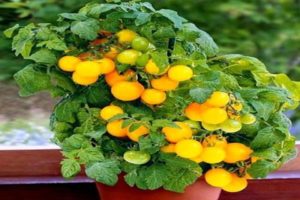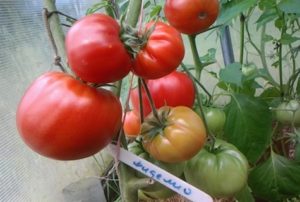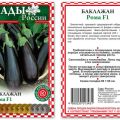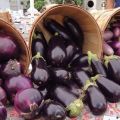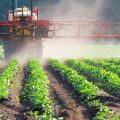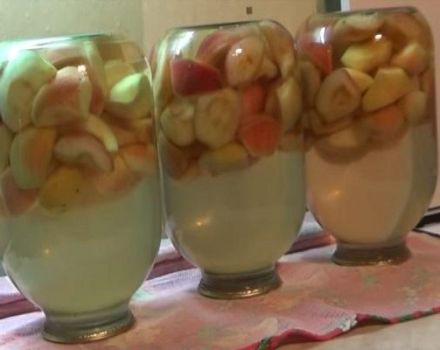Characteristics and description of the tomato variety Roma, its yield
Tomatoes of varieties Roma and Roma VF are very similar in many ways, but there are also differences between them, which relate to appearance, yield, agricultural technology and disease resistance. In Russia, they are not very common, because domestic breeders have bred many varieties and hybrids that are better adapted to local climatic conditions. Nevertheless, some gardeners grow Roma tomato on their plots. Sometimes in the literature you can find the name Roma f1, but in this case we are talking about eggplant. There is no tomato hybrid with this name, there is only a variety.
Features of varieties
The Roma group of varieties belongs to the middle late. The characteristic and description of the variety is indicated on the seed bag. From the moment of full germination, until the time the first fruits begin to ripen, it takes from 100 to 120 days, depending on the region, the quality of care, watering and feeding. These terms can be slightly varied by applying more nitrogen or potash fertilizers, but the measure should be observed.
Important! Excess or deficiency of a particular substance reduces disease resistance.
The mid-early tomato variety Roma vf is suitable for cultivation in open ground and under light film shelters - in unheated greenhouses and small greenhouses. The plant forms strong shrubs, reaching a height of 60 cm, the main stem grows from 35 to 65 cm. Partial pinching is required. Tomato fruits are of the "cream" type, they are slightly ribbed, have an oval shape, slightly turning into a cylindrical one.
The variety belongs to the carpal, determinant, has a well-leafy bush. Leaves of the usual shape. During the period of fruit formation, plants need a garter.

Fruit appearance and taste
The normal weight of fruits is 60-80 g. Unripe tomatoes are green, then they turn pink and red. The ripe fruit is smooth, fleshy, and has a bright red color. Tomato is suitable for canning in whole and in halves; you can also make tomato, puree, paste from it. Excellent taste allows you to use tomatoes (tomatoes) Roma vf in the form of salads and use for cooking various dishes.
Benefits:
- good keeping quality;
- presentation of fruits;
- endurance to fusarium;
- resistance to verticillosis;
- stable yield.
The number of fruits that can be harvested from 1 sq. m, varies depending on the conditions in which the cultivation takes place. In field conditions, the average yield is 6-8 kg per 1 sq. m. On the backyard, providing the bushes with a complex of minerals, a sufficient amount of light and water, as well as using stimulators of growth and root formation, you can collect up to 15 kg / sq. m.Reviews of those who planted this tomato indicate that in practice this happens often.
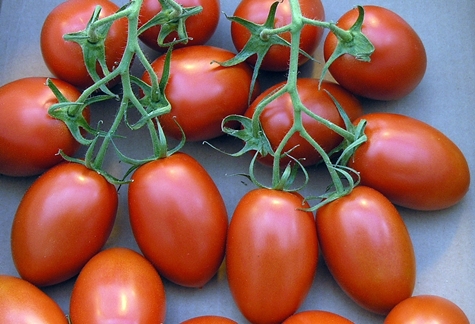
Features of seedling care
Seeds are sown in such a way that the seedlings are ready for planting in a permanent place in 63-67 days. For cultivation in a non-punctured way, peat cups, homemade cassettes and other suitable containers are used. Seedlings need to be illuminated additionally, otherwise they will stretch.
On a note. It is not recommended to use cut plastic bottles, the plants in them do not develop well and in the future do not give a high yield.
The optimal time for sowing seeds of Roma tomatoes is the second decade of March. They are embedded in the soil to a depth of 2.8-3 cm. From above, the ground is slightly compacted and moistened, and then, when the seedlings appear and develop, they are maintained in a loose state. In the phase of 2 leaves, they dive. For the entire seedling period, fertilizing is done 2 times, diluting complex fertilizer in water.
Hardening
Before planting, the plants are hardened for 7-10 days. To do this, you can lower the temperature to 9-10 degrees or take out boxes with seedlings outside every day. The time spent outdoors starts from a few minutes and gradually extends to a full day. They are planted when the threat of return frost passes.
Picking
For growing with a dive method, use wooden boxes, homemade or factory-made. When 2 true leaves appear, the seedlings dive, planting bushes in wooden boxes or under film shelters. Layout: 10-15 cm between rows and 6-7 cm in a row. You can also dive into 1 liter peat pots.
Landing in the ground
Plants are planted in a permanent place after the return frosts have passed. In the south of the country, this is the beginning to mid-May, in the central regions - from late May to mid-June. Tomatoes are planted in a permanent place according to the scheme 40 x 50 cm, it is possible less often. Many people place plants in a 40 x 70 cm pattern. The grown Roma VF tomato bushes are tied to vertical supports. Water regularly, in drought - at least 2 times a week, 2-3 liters for each plant.
It is not recommended to thicken the planting, otherwise the plants will lack light, air and nutrients, as a result, the yield will decrease.
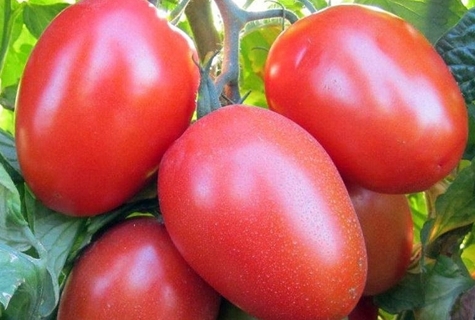
Further care for the Roma tomato is reduced to loosening, weeding, watering and feeding. You should also carry out preventive measures to protect against diseases and insect pests. Subject to agricultural technology, Roma vf tomatoes give a good harvest of tasty, dense fruits suitable for long-term storage and transportation without loss of presentation and taste.
Important! Only warm water can be used to irrigate the Roma VF variety.
Helpful care tips
Roma is highly resistant to heat and drought, which is why it is popular in the southern regions. Its peculiarity is that plants are more demanding for good lighting. In cloudy and rainy weather, fruit sets worse, leaves wither, plants are more affected by fungal diseases.
Tomato of this variety can be planted in any type of soil, except for heavy (clay) soils. It is noticed that higher yields can be obtained by planting bushes in well-fertilized loamy and sandy loam soil.
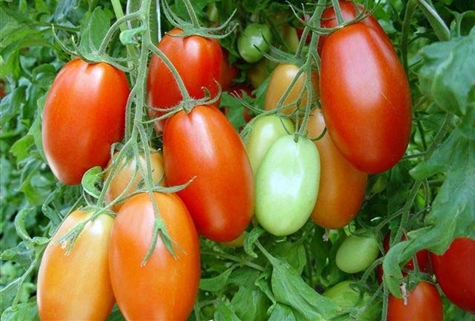
Crop rotation
Successful predecessors are carrots, all types of cabbage, beans, cucumbers, onions. Quite good ones are corn, rutabagas, onions, garlic, strawberries, beets, rapeseed, rye and other cereals, sunflowers, lawn grasses. All nightshades are not suitable as predecessors: potatoes, sweet and hot peppers, physalis, eggplant, nightshade, tobacco. Some gardeners argue: "I'll put it on any free place, anyway something will grow."You should not do this: diseases and pests of the predecessor, if they are the same as those of tomatoes, can destroy the entire crop.
During the period of enhanced growth of the leaf mass, the bushes are fed with nitrogen fertilizer, during the formation of fruits - with a complex, prepared on the basis of mullein (10 l), ash (2 kg) of nettle leaves (5 buckets), yeast (2 kg) and whey (3 l) ...
All components are placed in a barrel, poured with an arbitrary amount of water to cover the raw material, and infused for 2 weeks. Then a little water is added again and 1 liter of top dressing is poured under each bush. Reviews prove that this is the best complex feeding.
Further care is to prevent late blight. The rest of the activities are the same as when growing other varieties of tomatoes.
